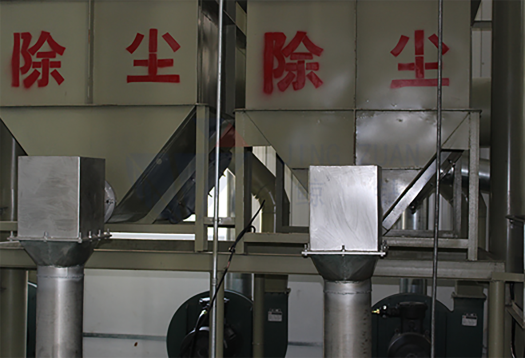
Nov . 30, 2024 20:41 Back to list
HPMC Pricing Trends and Insights for 2023 in Construction and Manufacturing
Understanding HPMC Prices Factors Influencing Market Trends
Hydroxypropyl Methylcellulose (HPMC) is a versatile polymer widely used in various industries, including pharmaceuticals, food, cosmetics, and construction. Due to its unique properties, such as viscosity, film-forming capability, and water retention, HPMC has gained significant traction in these sectors. However, like many raw materials, the pricing of HPMC is influenced by a multitude of factors, making it crucial for businesses and consumers to understand the dynamics that govern its prices.
1. Raw Material Costs
The price of HPMC is primarily driven by the costs of its raw materials. HPMC is synthesized from cellulose, which is derived from wood pulp or cotton linter. The fluctuating prices of these raw materials significantly affect HPMC production costs. For instance, any increase in the cost of wood pulp due to environmental regulations or changes in sourcing can result in higher HPMC prices. Additionally, the availability of high-quality cellulose can influence market supply and demand dynamics.
2. Production Technology
The manufacturing process of HPMC involves several steps, including hydroxypropylation and methylation. Advances in production technology can lead to cost reductions and increased efficiency, potentially lowering HPMC prices. However, the initial investment required for new technologies can be substantial, and producers may pass on these costs to consumers. Therefore, companies that invest in cutting-edge technology may gain a competitive edge in pricing, impacting the overall market landscape.
3. Market Demand
The demand for HPMC varies across different industries. In the pharmaceutical sector, it is essential for drug formulation, serving as a binder or controlled-release agent. In the food industry, HPMC acts as a thickening and stabilizing agent. A surge in demand from any of these sectors—driven by trends such as health-conscious eating or increased pharmaceutical production—can lead to price hikes. Moreover, the construction industry's growing requirements for HPMC in mortars and adhesives can also create upward pressure on prices.
hpmc price

Geopolitical events can significantly influence HPMC prices through trade policies, tariffs, and supply chain disruptions. For instance, a trade dispute between major producing countries may lead to increased tariffs on HPMC exports, raising prices in the importing countries. Additionally, natural disasters or political instability in key producing regions can disrupt supply chains, resulting in shortages and increased prices.
5. Regulatory Environment
Regulations surrounding the use and production of HPMC can also impact prices. For example, stringent environmental regulations may require manufacturers to adopt more expensive production processes, affecting the price of HPMC. Furthermore, compliance with safety and quality standards, especially in pharmaceuticals and food applications, may necessitate additional investment, again influencing market prices.
6. Competitive Market Landscape
The HPMC market features a variety of players, from large multinational corporations to smaller local manufacturers. The level of competition can affect pricing strategies. In highly competitive markets, manufacturers might lower prices to gain market share, while in oligopolistic markets, prices may stabilize at higher levels. Businesses need to stay informed about competitors’ pricing tactics, as this can significantly impact their own pricing strategies.
Conclusion
In summary, the price of HPMC is influenced by a complex interplay of factors, including raw material costs, production technology, market demand, geopolitical events, regulatory environments, and competitive dynamics. As industries continue to evolve and new applications for HPMC emerge, monitoring these factors will be crucial for businesses and stakeholders. Understanding these elements not only aids in strategic planning and forecasting but also helps in making informed purchasing decisions in an ever-changing market landscape. Whether you are a manufacturer, a buyer, or an industry analyst, staying updated on the factors that affect HPMC prices can enhance your ability to navigate the market effectively.
-
Versatile Hpmc Uses in Different Industries
NewsJun.19,2025
-
Redispersible Powder's Role in Enhancing Durability of Construction Products
NewsJun.19,2025
-
Hydroxyethyl Cellulose Applications Driving Green Industrial Processes
NewsJun.19,2025
-
Exploring Different Redispersible Polymer Powder
NewsJun.19,2025
-
Choosing the Right Mortar Bonding Agent
NewsJun.19,2025
-
Applications and Significance of China Hpmc in Modern Industries
NewsJun.19,2025







